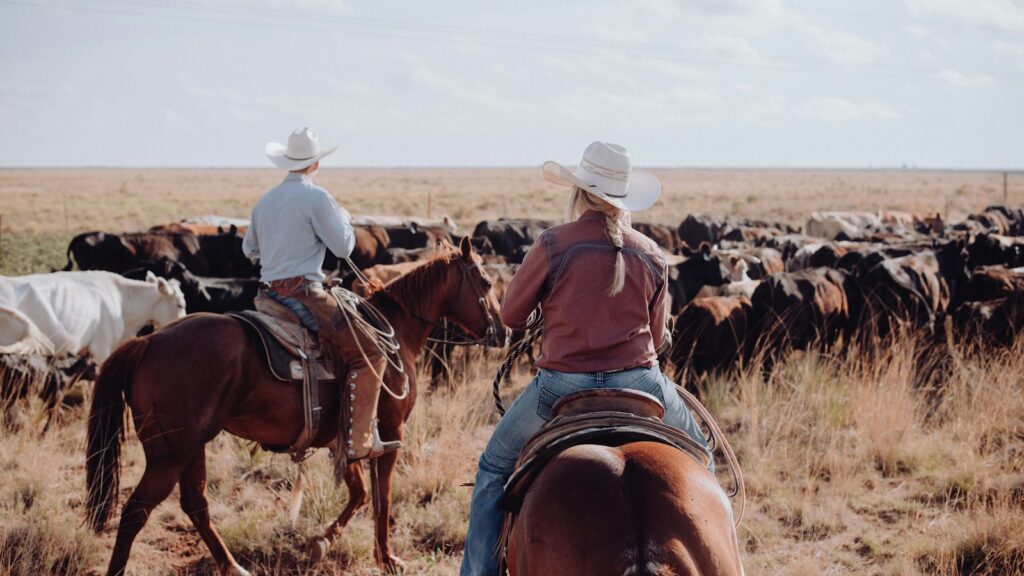For centuries, horses have been invaluable partners in cattle operations worldwide. The relationship between cowboys, horses, and cattle represents one of the most enduring partnerships in agricultural history. A good cow horse possesses a unique combination of physical abilities, temperament, and instinctive qualities that make them exceptional at handling cattle. Whether cutting a single cow from a herd, driving cattle across vast distances, or working in tight quarters for roping, different breeds excel in various aspects of cattle work. This article explores the most effective horse breeds for cattle operations, examining their characteristics, strengths, and the specific cattle-working tasks where they shine.
Quarter Horse: The Quintessential Cow Horse
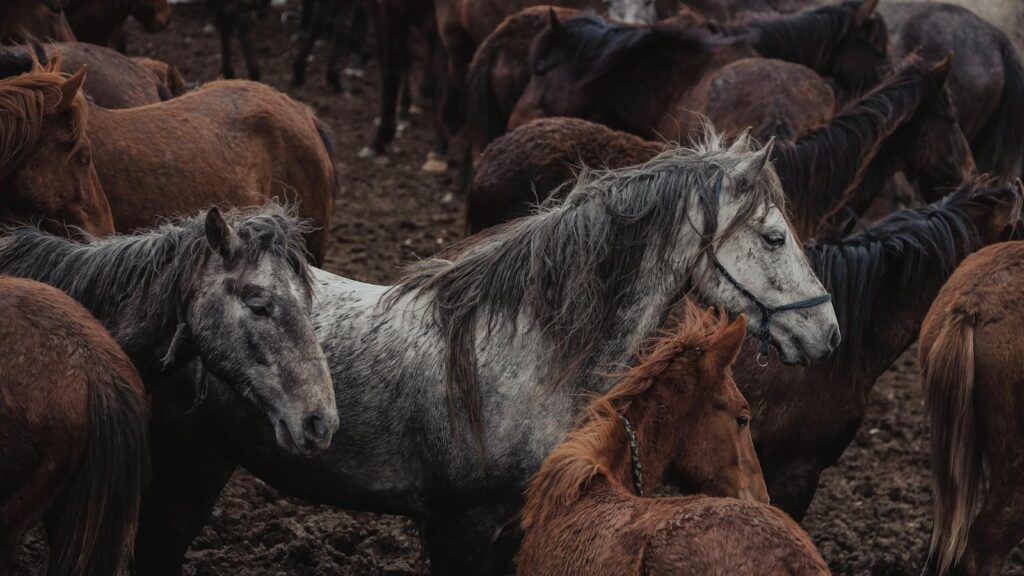
The American Quarter Horse stands as the definitive breed for cattle work, earning its reputation through generations of selective breeding specifically for this purpose. Known for their “cow sense” – an intuitive ability to anticipate and respond to cattle movements – Quarter Horses seem to instinctively understand how to position themselves when working with cattle. Their compact, muscular build provides the explosive acceleration needed for quick movements and sudden stops, allowing riders to effectively control cattle in various situations. Quarter Horses also possess the stamina required for long days of ranch work while maintaining a generally level-headed temperament that makes them reliable partners in high-pressure situations. Their versatility allows them to excel in all aspects of cattle work, from cutting and sorting to roping and driving.
Cutting-Specific Quarter Horse Lines
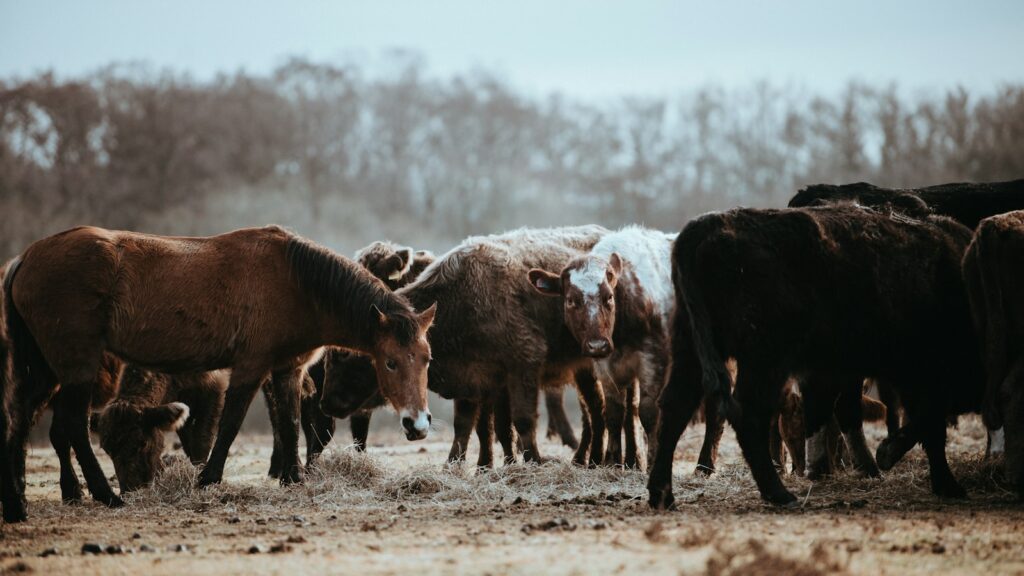
Within the Quarter Horse breed, specialized cutting horse bloodlines have been developed to enhance the natural cutting abilities these horses possess. These cutting horses demonstrate remarkable agility and an almost supernatural ability to mirror a cow’s movements, keeping it separated from the herd through quick, athletic maneuvers. Famous bloodlines like those descending from Doc Bar, Peppy San Badger, and High Brow Cat have produced horses with exceptional cutting abilities that dominate competitive cutting events worldwide. These specialized Quarter Horses exhibit a low center of gravity, powerful hindquarters for explosive movements, and a mind that’s focused entirely on the cow they’re working. Professional cutters often invest hundreds of thousands of dollars in these specially bred horses whose intense focus and lightning-fast reactions make them unparalleled for cutting work specifically.
Australian Stock Horse: The Station Worker
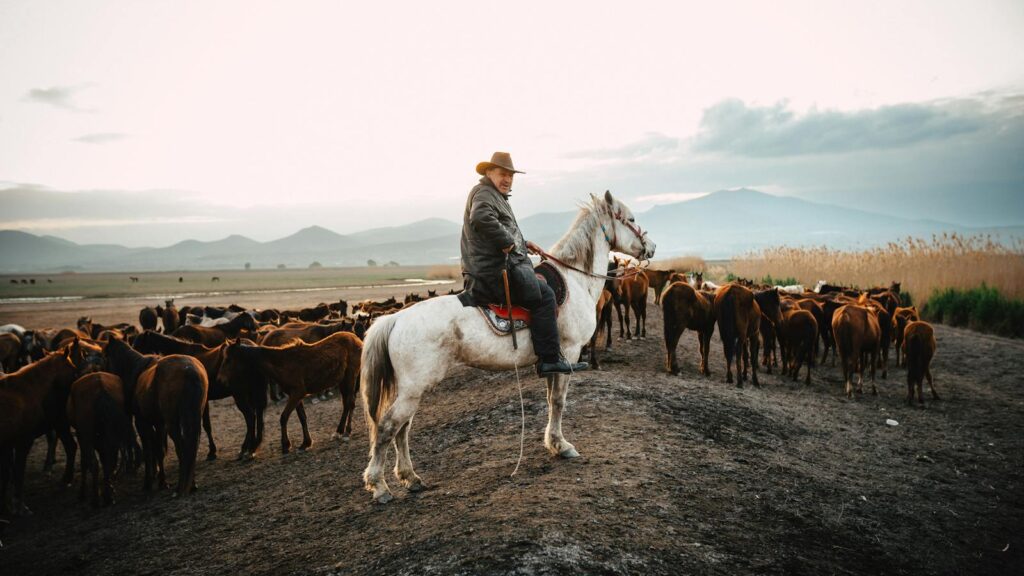
Australian Stock Horses have earned a sterling reputation as exceptional cattle-working partners, developed through generations of breeding in the challenging conditions of the Australian outback. These versatile horses combine the athleticism of Thoroughbred bloodlines with the cow sense and hardiness needed for station (ranch) work across vast territories. Their exceptional endurance allows them to work cattle over long distances in harsh conditions, making them ideal for the expansive cattle operations common in Australia. Australian Stock Horses typically possess an intelligent, calm temperament that helps them remain level-headed when working with unpredictable cattle. Their versatility extends beyond cattle work to include other ranch tasks, making them true all-around working horses capable of handling everything from mustering (gathering) cattle to competitive cutting and camp drafting events.
Appaloosa: Historic Cow Ponies
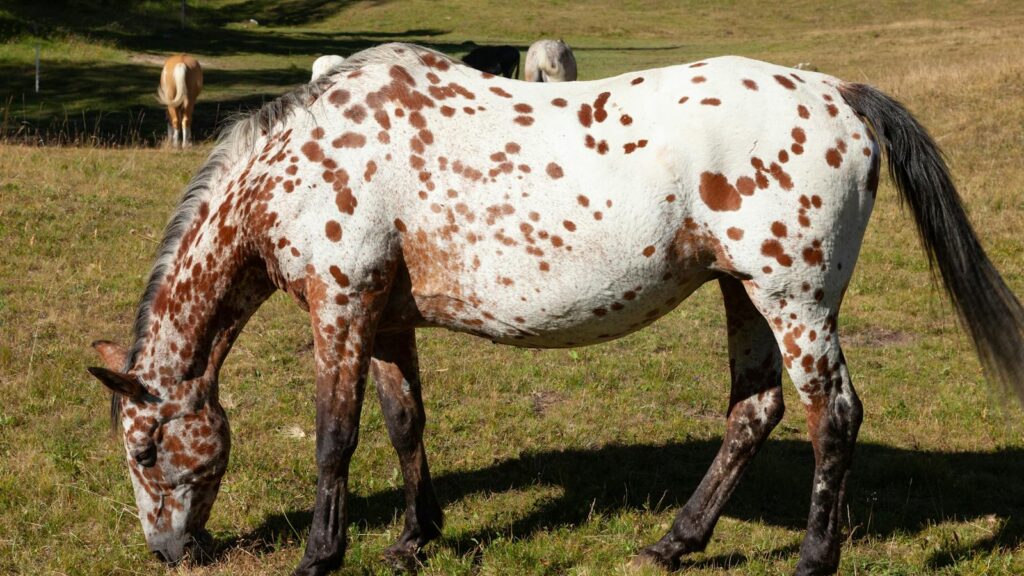
Appaloosas have a rich history as working cow horses, particularly among Native American tribes and early Western settlers who valued their distinctive spotted coats and reliable working attributes. Originally bred by the Nez Perce tribe, these horses demonstrate excellent stamina, sure-footedness, and a natural inclination for cattle work that makes them valuable on ranches. Modern Appaloosas often combine Quarter Horse bloodlines with their traditional characteristics, creating versatile ranch horses with strong cow sense and athletic ability. Their distinctive coat patterns – including blanket, leopard, and snowflake patterns – make them easily identifiable on the range, which was historically valuable for identifying a rider’s horse from a distance. Appaloosas typically possess the sturdy build, dependable disposition, and versatility needed for various cattle-working tasks, from sorting to driving herds across challenging terrain.
Paint Horse: Colorful Cow Workers
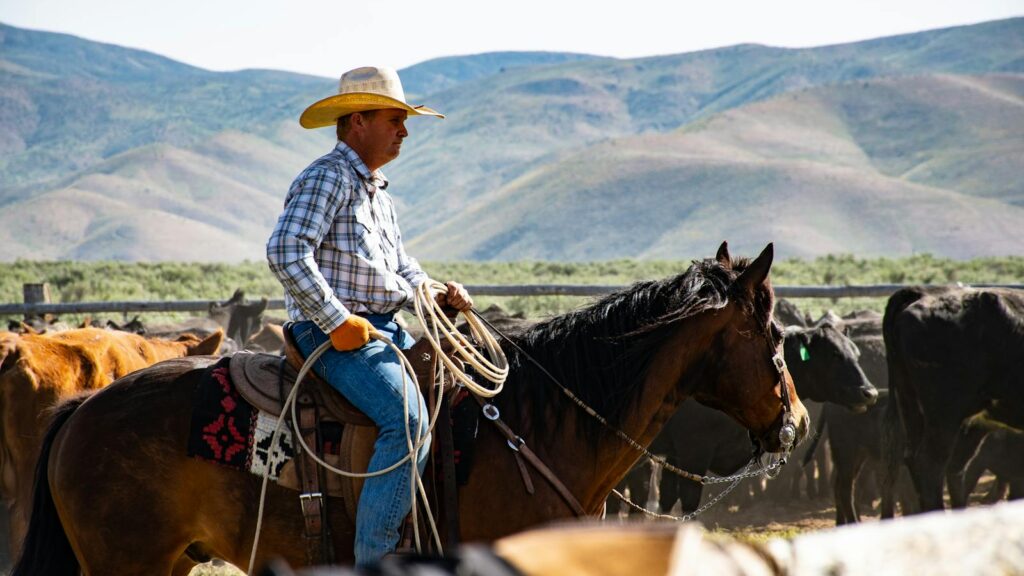
American Paint Horses combine the cow-working ability of Quarter Horses with distinctive pinto coloration patterns that make them both functional and visually striking. Sharing much of their genetic background with Quarter Horses, Paints often possess similar athletic abilities, cow sense, and muscular builds that make them excellent for cattle operations. Their powerful hindquarters enable the quick stops and turns essential for effective cattle handling, while their generally steady temperaments help them remain focused during intense work situations. Many ranch operations appreciate Paint Horses for combining function with unique beauty, as their tobiano, overo, or tovero patterns create easily identifiable mounts across vast rangelands. The American Paint Horse Association maintains rigorous performance programs specifically for working cow horse events, encouraging the continued development of these abilities within the breed.
Morgan Horse: Versatile Ranch Partners
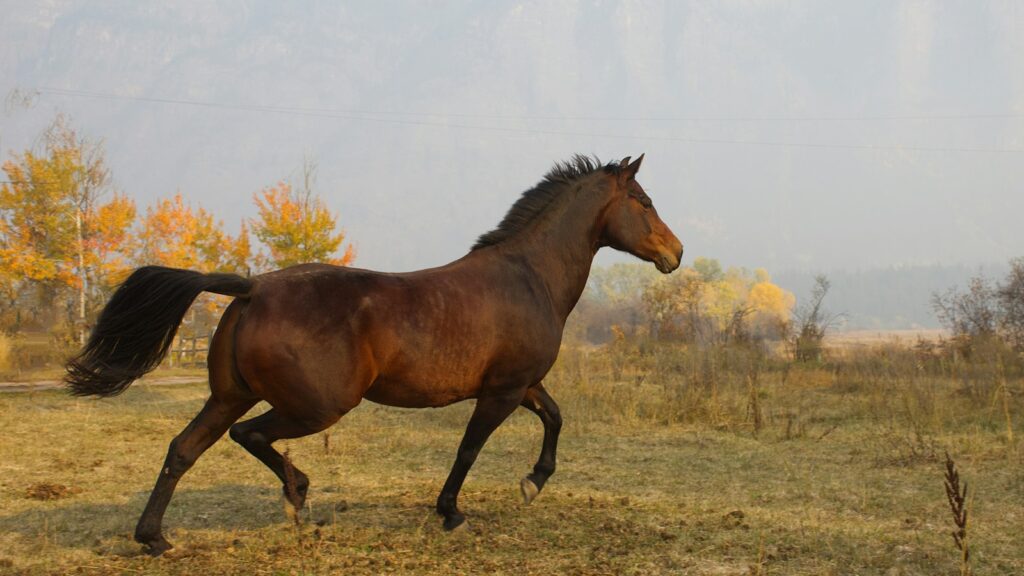
Morgan horses may not be the first breed that comes to mind for cattle work, but their intelligence, willingness, and versatility make them excellent all-around ranch horses, including for cattle operations. Descended from a single foundation stallion named Figure (later called Justin Morgan), these horses possess remarkable consistency in type and temperament across the breed. Their compact, muscular build combines with natural collection and balance to create a horse that can perform quick maneuvers when working cattle. Morgans are known for their exceptional work ethic and desire to please their handlers, making them responsive and trainable for cattle work despite not being specifically bred for it. Their versatility allows them to transition seamlessly between cattle work, driving, and other ranch tasks, making them particularly valuable on diversified family ranches where horses must perform multiple functions.
Brazilian Criollo: South American Cow Horses

The Brazilian Criollo (or Crioulo) has evolved over centuries to become one of the premier cattle-working breeds in South America, particularly in Brazil’s extensive cattle regions. These compact, hardy horses descend from Iberian stock brought by Spanish conquistadors and possess remarkable endurance that allows them to work in challenging conditions for extended periods. Their natural cow sense has been refined through generations of selection specifically for cattle work, resulting in horses that instinctively understand how to control and move cattle effectively. Criollos typically stand between 14 and 14.3 hands high, with a muscular build that belies their relatively small size and provides the agility needed for quick movements when working cattle. Their calm temperament helps them remain level-headed during tense cattle-working situations, while their hardiness allows them to thrive with minimal care in remote ranching regions.
Andalusian/Lusitano: Traditional Cattle Workers
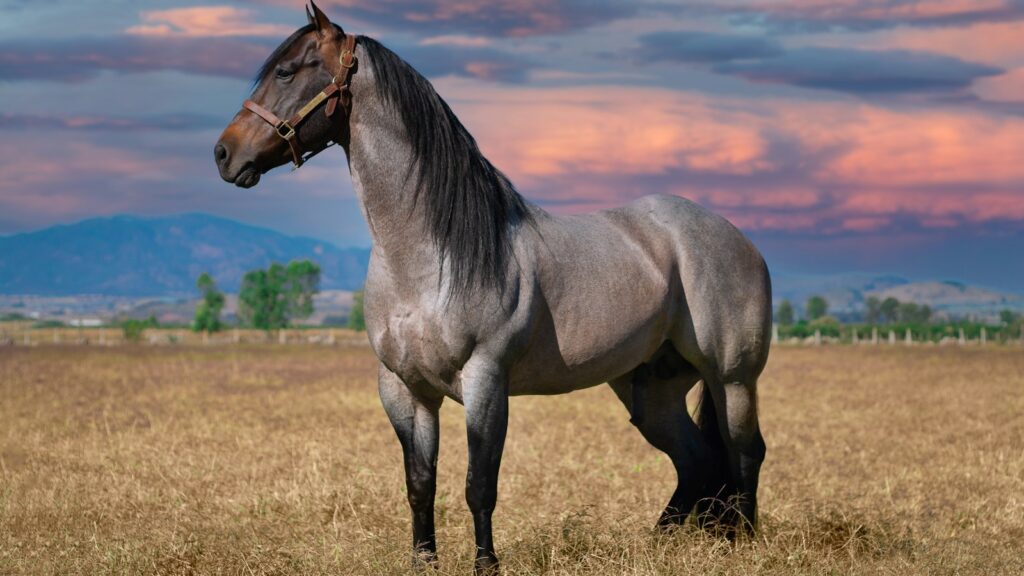
Andalusian and Lusitano horses have a centuries-old history working with cattle in the Iberian Peninsula, where their agility and courage were employed in managing fighting bulls. These breeds possess natural collection and balance that allow them to make rapid direction changes and execute precise movements when controlling cattle. Their proud carriage and elevated action, combined with responsive temperaments, make them highly trainable for the specialized movements required in working cattle, particularly in the traditional Spanish and Portuguese styles of cattle management. Modern Andalusians and Lusitanos continue to excel in working equitation and garrocha (pole) work with cattle, demonstrating the characteristics that have made them valuable cattle horses for centuries. These breeds offer a different approach to cattle work than American breeds, focusing on precise movements, collection, and the ability to work in close proximity to potentially dangerous cattle.
Ranch-Bred Mustangs: Natural Cow Sense
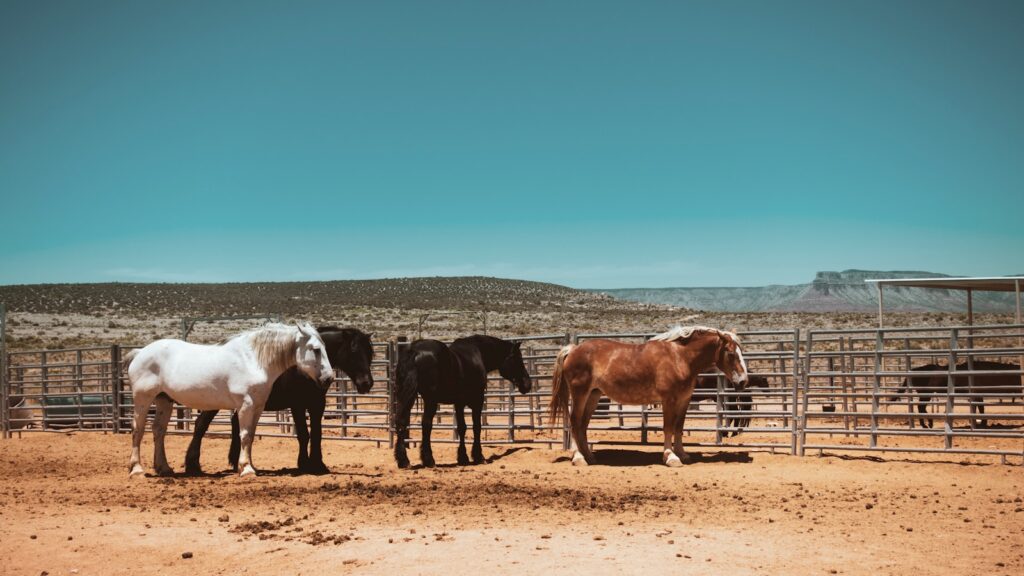
Mustangs that have been selectively bred on working ranches often develop excellent cattle-working abilities, combining their natural hardiness with acquired cow sense. These horses typically possess strong survival instincts and natural athleticism that translate well to reading and responding to cattle behavior. Ranch-bred mustangs have usually undergone generations of informal selection where those demonstrating aptitude for cattle work were preferentially bred, creating bloodlines with enhanced cow-working abilities. Their typically sound feet and legs, developed through evolution in harsh conditions, provide the durability needed for long days working cattle across varied terrain. Many ranchers appreciate the mustang’s efficiency – these horses often maintain good working condition on less feed than other breeds while still providing reliable performance in demanding cattle operations.
Important Traits in Cattle-Working Horses
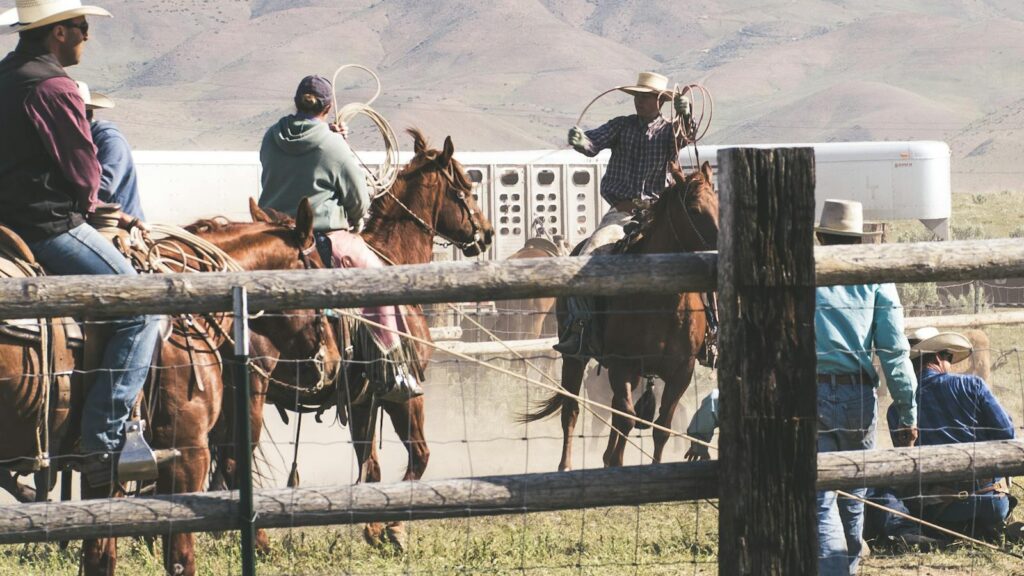
“Cow sense” remains the most valued trait in cattle-working horses, referring to their instinctive ability to read, anticipate, and respond to cattle movements without constant rider direction. Physical attributes that support cattle work include strong, powerful hindquarters that enable quick stops and turns, along with a balanced build that facilitates agility and responsiveness. Mental traits are equally important – the ideal cattle horse demonstrates focus, confidence, and a calm temperament that allows them to remain level-headed when working with unpredictable cattle. Endurance and hardiness complete the picture of an excellent cow horse, as cattle work often involves long hours in challenging conditions across varied terrain. While various breeds may emphasize different aspects of these traits, all successful cattle horses share these fundamental characteristics to some degree.
Specialized Cattle Disciplines and Suitable Breeds
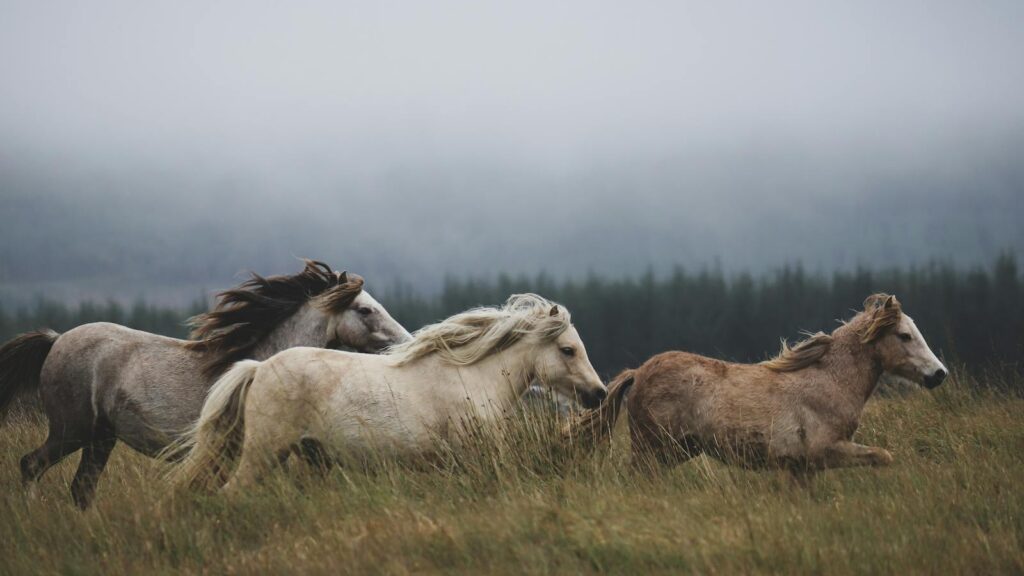
Different cattle-working disciplines demand specialized skills from horses, with certain breeds excelling in specific areas. Cutting horses – predominantly Quarter Horses and their crosses – require explosive athleticism and intense focus to isolate and control individual cattle, making these specialized Quarter Horse bloodlines the dominant choice for competitive cutting. Roping disciplines require horses with a powerful build, steady temperament, and the ability to rate their speed precisely, with Quarter Horses and Paint Horses typically excelling in these events. Team penning and ranch sorting demand horses with both cow sense and the ability to work cooperatively around other horses, areas where Quarter Horses, Paints, and Appaloosas often shine. Ranch versatility competitions test a broader range of skills, making versatile breeds like Quarter Horses, Australian Stock Horses, and some Morgan lines particularly suitable for these comprehensive tests of cattle-working ability.
Training Considerations for Cattle Horses
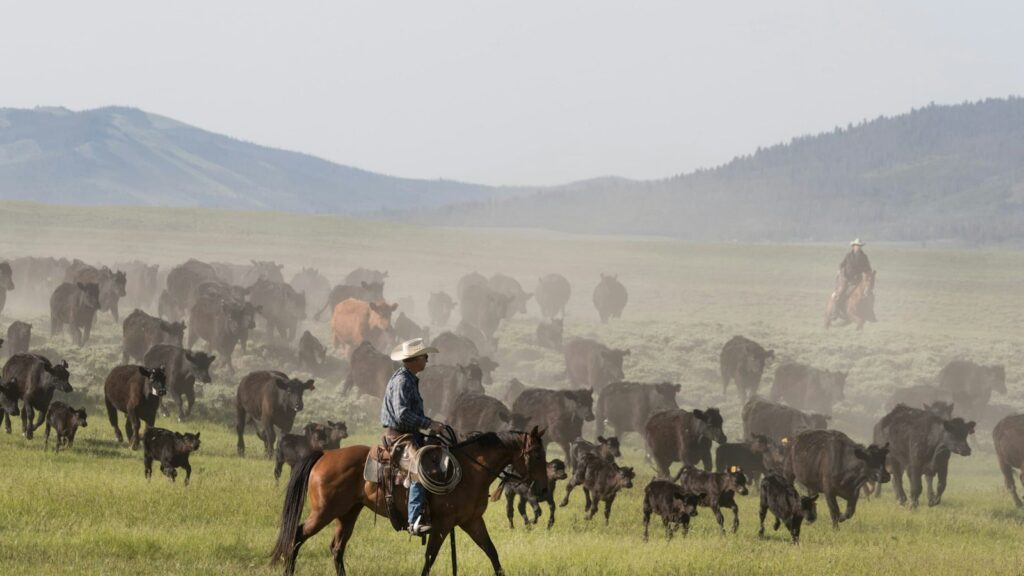
Developing an effective cattle horse requires specific training approaches regardless of breed, starting with building a solid foundation of general horsemanship skills before introducing cattle. Early exposure to cattle helps determine a horse’s natural aptitude and allows them to develop their innate cow sense, though this should be done gradually to prevent overwhelming young or inexperienced horses. Progressive training typically begins with controlled exercises like tracking a single cow along a fence before advancing to more complex maneuvers requiring independence and decision-making from the horse. Patience is essential throughout the training process, as developing a finished cattle horse typically takes years rather than months, with consistent, positive experiences building the horse’s confidence around cattle. Professional trainers often emphasize that even with the most talented bloodlines, proper development requires systematic training that respects each horse’s learning pace and builds upon small successes.
Selecting the Right Cattle Horse for Your Operation
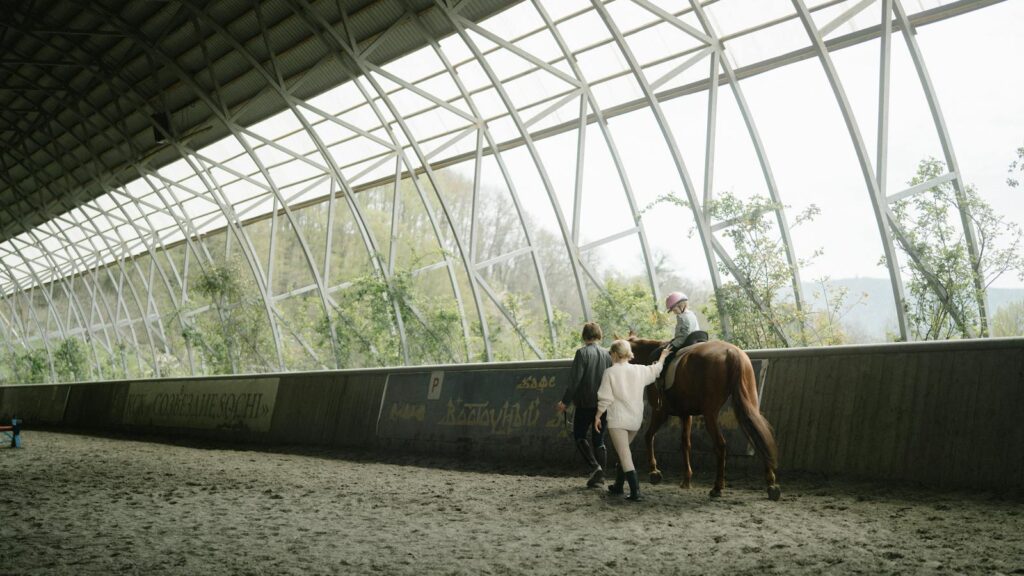
Choosing the appropriate cattle horse should begin with an honest assessment of your specific needs, including the type of cattle work performed, terrain challenges, and the horse’s expected workload. Consider your own riding ability and experience level, as more specialized cutting or roping horses typically require skilled riders to be effective partners. While pedigree offers important insights into a horse’s potential abilities, individual assessment remains crucial – observe the horse working cattle if possible, noting their focus, willingness, and natural movement patterns. For commercial operations, practical considerations like maintenance requirements, durability, and longevity may outweigh specialized performance traits that might be prioritized in competitive settings. Most experienced ranchers recommend selecting horses that have already demonstrated practical ability with cattle rather than relying solely on breeding or potential, particularly for working ranch situations where reliability matters most
Conclusion
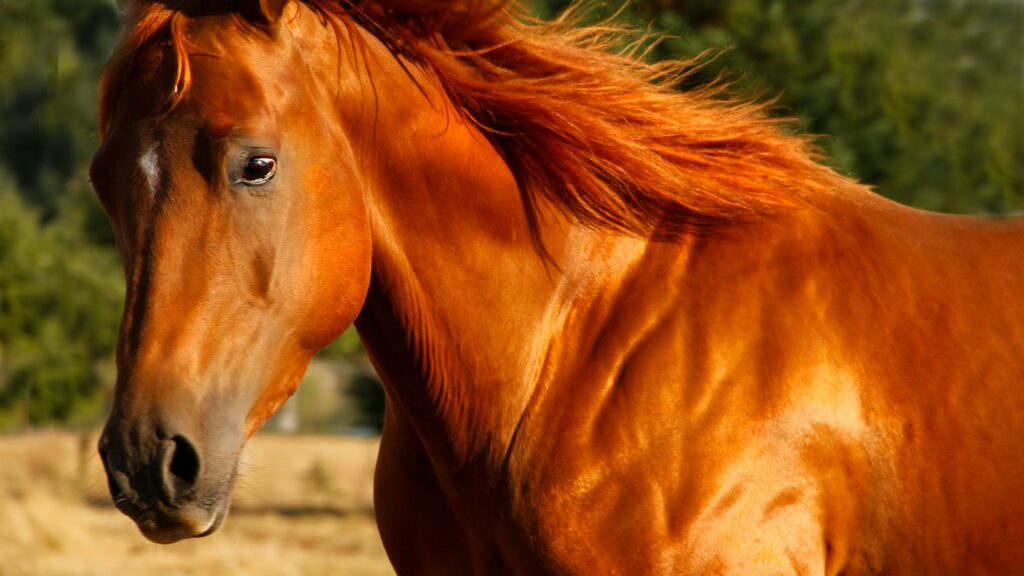
The ideal cattle horse combines physical ability, mental attributes, and instinctive talent to create an effective working partner. While breeds like the Quarter Horse have been specifically developed for cattle work and dominate the field, several other breeds offer valuable characteristics suited to various cattle-working disciplines and environments. The perfect match depends on specific operation requirements, personal preferences, and the particular cattle tasks at hand. Regardless of breed, the partnership between a skilled rider and a well-trained cow horse represents one of the most efficient and time-tested methods for managing cattle across diverse landscapes worldwide.

